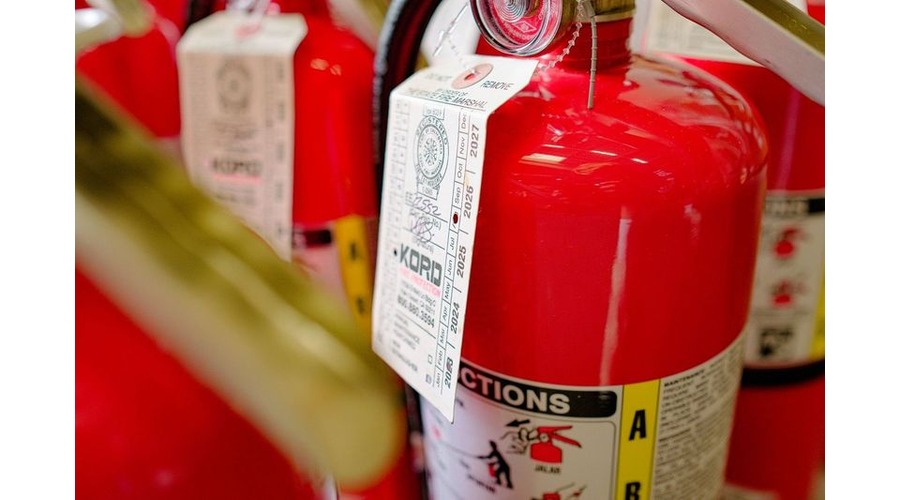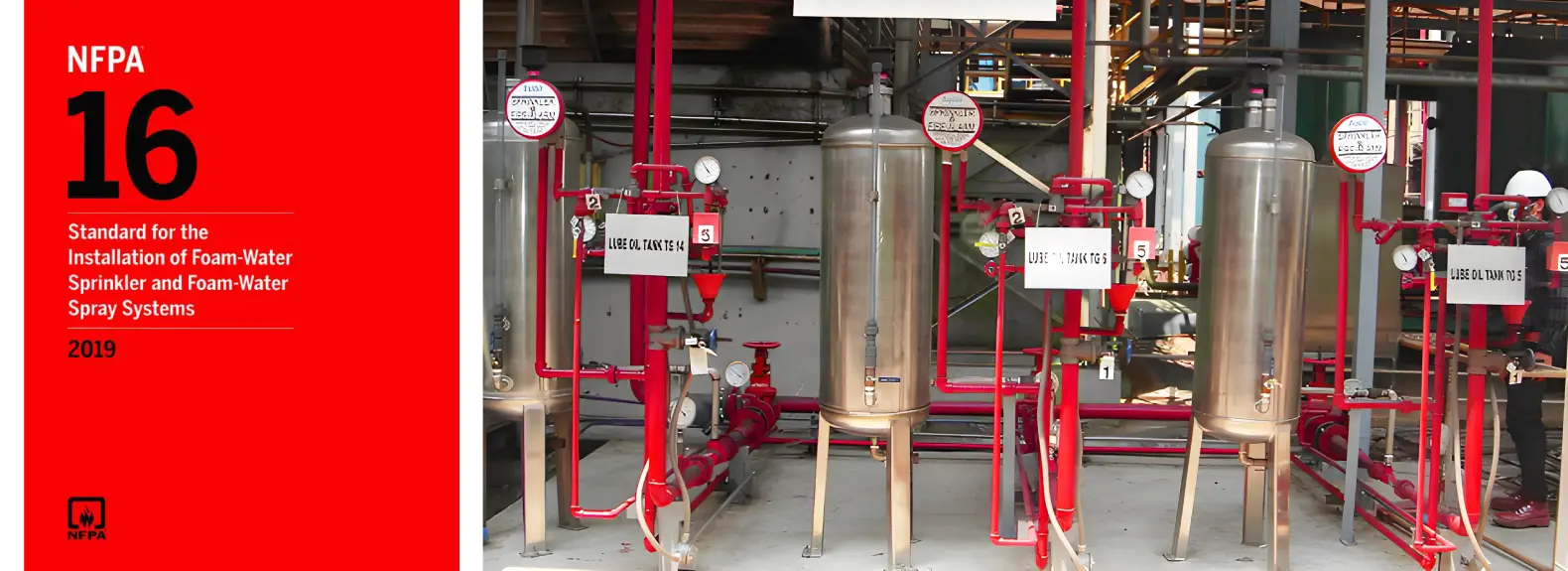

Understanding NFPA 16 Standard for Foam-Water Sprinkler and Spray Systems
Introduction
Fire protection is something every business needs to consider. For many, that means investing in sprinkler systems, which put out fires quickly to protect life and property. However, traditional water-based models are expensive and less effective at extinguishing than other substances, like foam.
That’s why companies are beginning to invest in foam-water sprinkler and spray systems. These use less water than traditional systems, put out fires faster, and lower the risk of re-ignition.
If you’re interested in foam-water sprinkler and spray systems, you’ll likely need to follow NFPA 16 standards. This page covers what you should know.
Understanding Foam-Water Sprinkler and Spray Systems
Foam-water fire suppression systems are designed to fight flames caused by flammable liquids like alcohol. They combine foam from a pressurized tank with water to extinguish fires faster than water-based alternatives.
Any companies that store, process, or use flammable liquids should consider a foam-water sprinkler and spray system. This includes:
- Chemical companies
- Warehouses
- Refineries
- Marine businesses
- Data centers
- Military buildings
The Role of NFPA Guidelines
NFPA stands for the National Fire Protection Association. It’s a nonprofit group that maintains internationally recognized standards for fire safety. You may be legally required to follow NFPA standards, depending on your property’s location and purpose.
For example, many state and local governments have adopted NFPA standards in their building codes. If you own property in one of these localities, you must follow the standards that apply to your building, or you risk fines and closure.
NFPA 16 Overview: What You Need To Know
NFPA 16 is known as the “Standard for the Installation of Foam-Water Sprinkler and Foam-Water Spray Systems.” It shares rules and standards you’ll likely need to follow if you plan to use one of these systems in your building.
The purpose of NFPA 16 is to promote the safe installation, use, and repair of foam water systems. It draws from engineering principles and practical experience to establish minimum requirements for design, installation, testing, inspection, and maintenance.
The following covers NFPA 16’s most important rules.
Key Directions in NFPA 16
NFPA 16 comprehensively covers directions for designing the water supply and discharge density. According to the standard, water supplies must be designed to provide water at the designated discharge density and pressure for a minimum of 60 minutes.
The minimum discharge density, as specified by NFPA 16, should not fall below 0.16 gallons per minute per square foot (6.5 millimeters per square meter). However, these values may vary depending on the type of fire and the recommendations of the foam manufacturer.
Wet Pipe System Guidelines
Wet piping is one of the most important elements of a fire suppression system. NFPA 16 outlines several standards for the component, including:
- Wet pipe low-flow systems must be automatic and mechanical, without devices, valves, and pumps.
- The system should have a pilot-operated pressure regulating valve at the riser that is capable of withstanding at least 250 PSI water pressure.
- A concentrate control valve must exist between the bladder tank and the concentrate controller. This should open automatically in response to water flow and be made of corrosion-resistant material with Halar coating — meeting Viking Model E-2, E-4, or F-2 standards.
- The system must rely on foam concentrate, which should be aqueous or alcohol resistant, depending on needs.
- Foam concentrates must be approved and designed to work with the Viking Corporation Low Foam System.
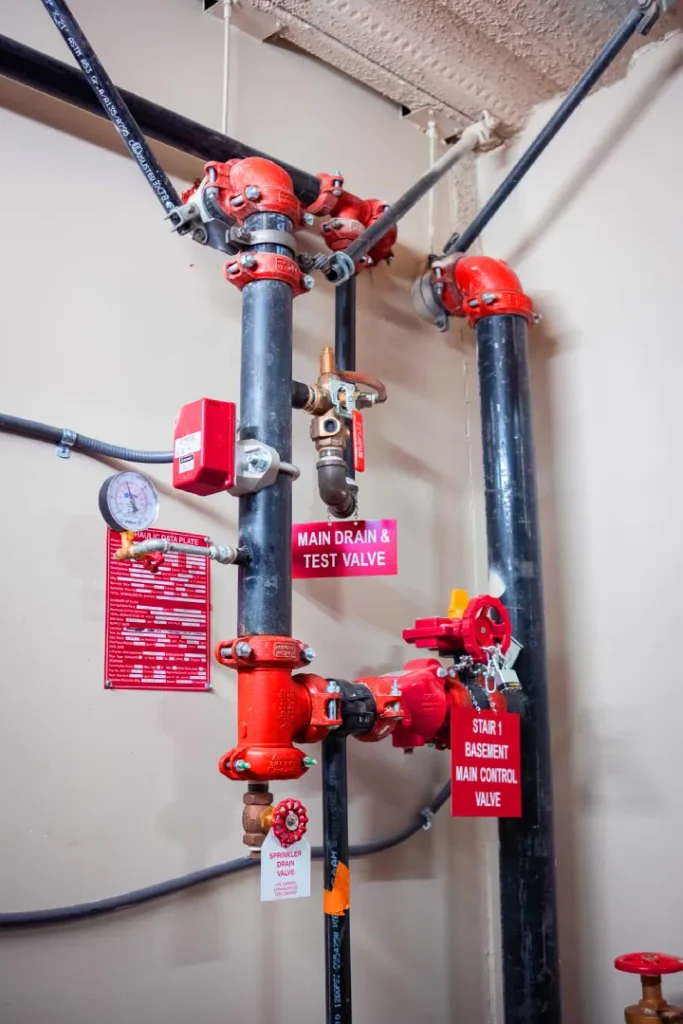

Wet Pipe AFFF Sprinkler Systems
NFPA 16 also sets a few key standards for wet pipe AFFF sprinkler systems. First, it requires a system fire department connection made of brass and approved by the fire marshall for fire protection use.
Second, this code requires an alarm valve that activates an alarm automatically during water flow. This should also be approved by the fire marshall and installed vertically or horizontally at a pressure of 250 PSI.
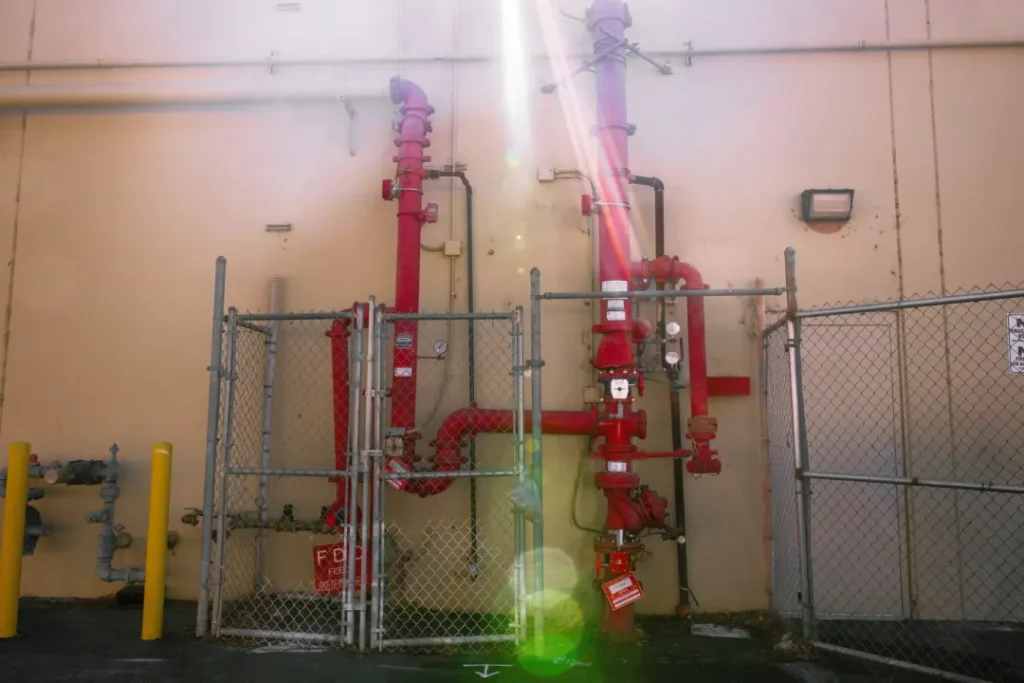

Additional Requirements and Maintenance
Another key element of NFPA 16 is the stipulation requiring a low-expansion foam bladder tank. It must maintain a specified proximity to the riser for accessibility during inspections. Plus, it should comply with all relevant ASME pressure vessel requirements.
The guidelines also say that your foam concentrate should be the appropriate nominal orifice plate size. You can find more detailed maintenance requirements in the details of NFPA 16.
Temperature and Spacing
Finally, this regulation also sets minimum standards for temperature and spacing. These include:
- Spacing should never exceed 100 square feet per sprinkler.
- For roof installations, temperatures should range between 121 to 149 degrees Celsius.
- For lower-level installations, temperatures should be between 57 and 77 degrees Celsius.
NFPA 16 FAQS
The Bottom Line on the NFPA 16 Standard
If you’re thinking of installing a foam-water sprinkler and spray system, familiarizing yourself with NFPA 16 is a must. But the standard is complex and technical, which means having an expert on your side to interpret it can be very valuable.
That’s where Kord Fire Protection comes in. We’re fire protection experts who can help you learn more about NFPA 16 standards and install a foam-water sprinkler and spray system that meets them.


Stay Up To Date With All Things Fire Protection
Stay in the loop with all things fire protection with our Newsletter made for you to easily keep up to date and learn all things fire protection and fire prevention.



